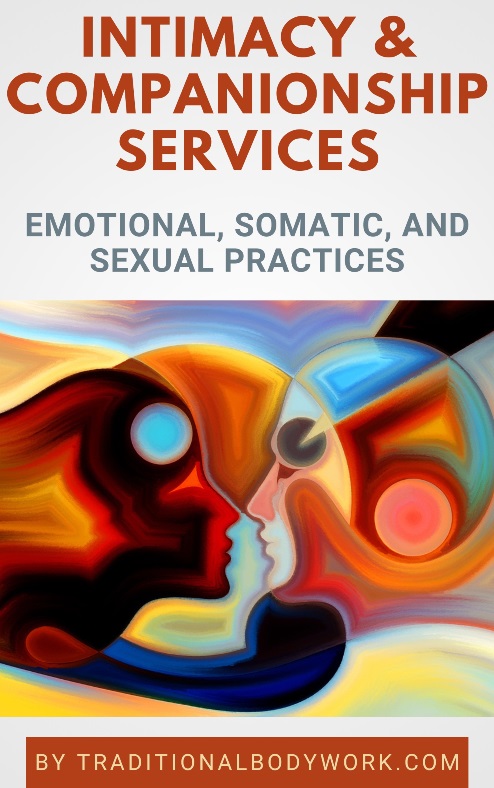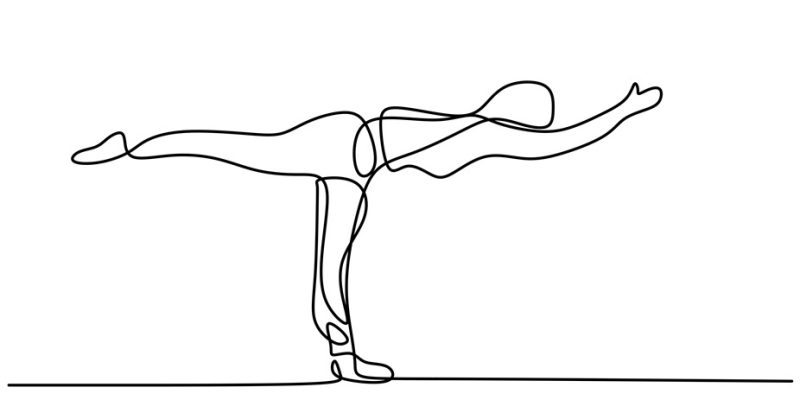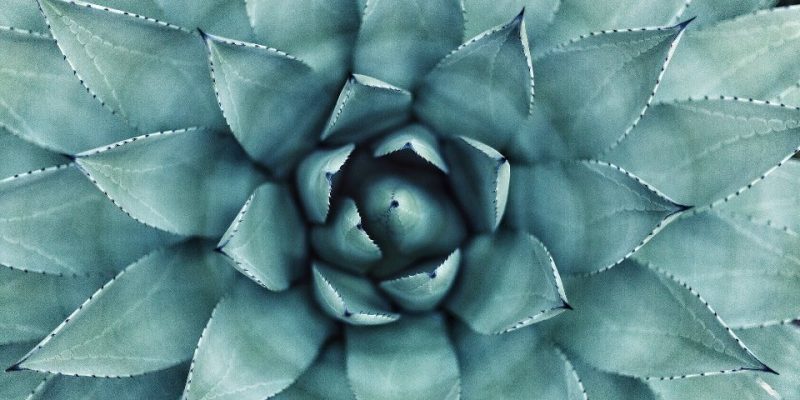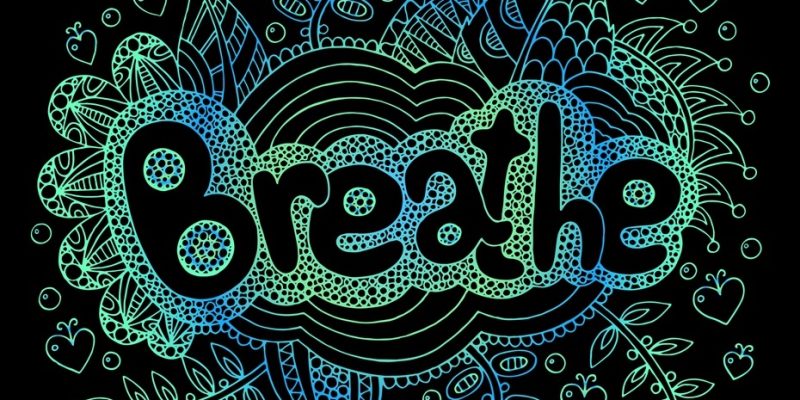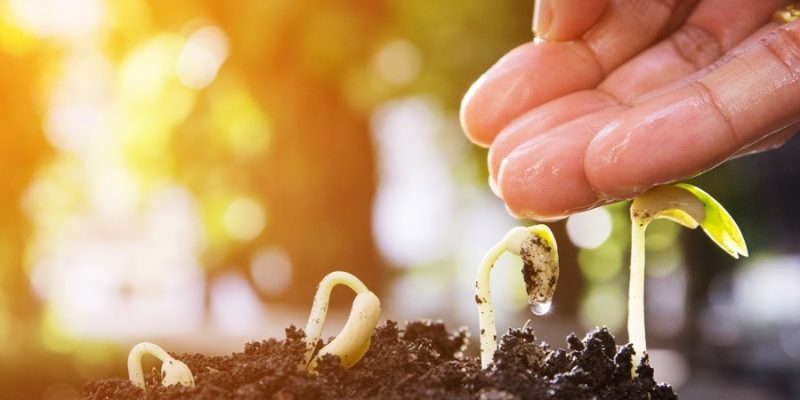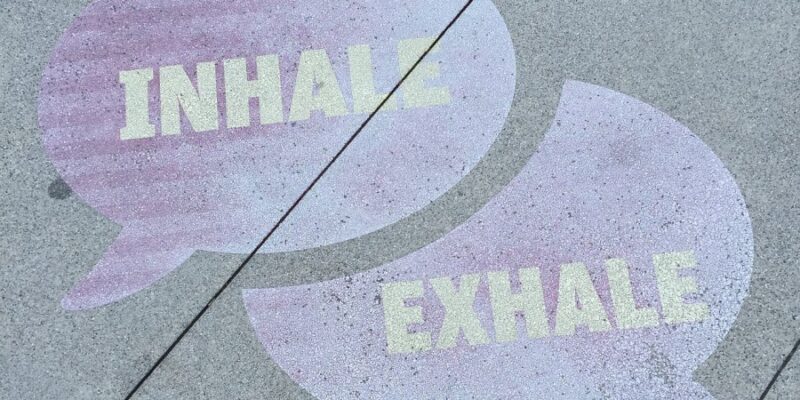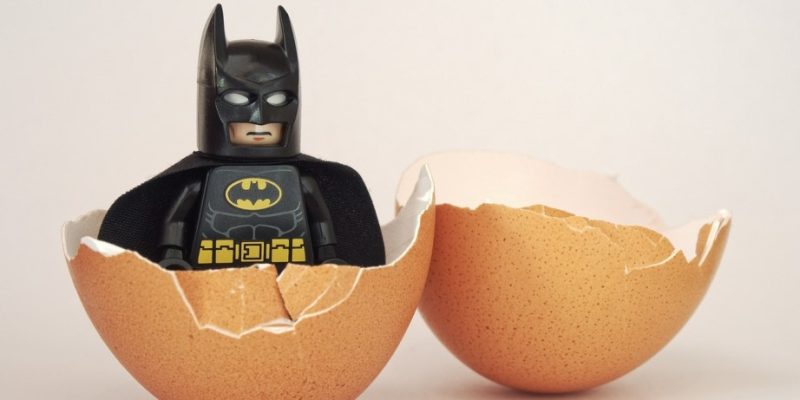
Hyperventilation, also called over-breathing, is a situation or state of breathing that is faster and/or deeper than usual or necessary, which reduces the Carbon Dioxide (CO2) concentration of the blood flow below normal levels by breathing out too much CO2.

Important to note here is that — contrary to widespread beliefs — excessive or deep breathing doesn’t typically increase Oxygen (O2) levels in the blood circulation. It basically only lowers CO2 levels. It’s why you would see that people who (involuntarily) hyperventilate would breath in and out a bag to increase there CO2 levels (by inhaling the CO2 that’s breathed out in the bag) and regulate the O2 flow in their body.
In any case, some types of Breathwork may deliberately cause i.e. induce hyperventilation with the goal of creating an altered or non-ordinary state of consciousness for the practitioner. In fact, hyperventilation indeed affects the brain and nervous system.
Mind that hyperventilation may also cause physical sensations, such as tingling or numbness of the fingers, hands, feet, and mouth, shortness of breath, lightheadedness, dizziness, high heartbeat rate, muscle spasms and cramps, changes in vision, weakness, ringing in the ears, headaches, chest pain, slurred speech, and/or fainting.
Apart from voluntary acts to creating a state of hyperventilation, it can also be brought about involuntary, for instance, because of stress, anxiety, fear, confusion, lung disease, head injury, caffeine abuse, or a stroke.
From out a scientific point of view, many types of faster-than-normal-breathing Breathwork modalities are basically considered a form of “induced hyperventilation” or “controlled hyperventilation.” Lower levels of CO2 constrict the blood vessels and can create psychedelic, visual, and emotional mental effects because of the reduced blood flow (and thus reduced O2 amount) to the brain.

Additionally, the spasms or physical cramps in the body (those caused by hyperventilating) can cause the resurfacing of emotional trauma (remember that trauma often causes muscular or body tissue constrictions and tensions). As such, sexual, emotional, and/or physical trauma can possibly be consciously “relived and subsequently released,” a phenomenon commonly known as Emotional Dearmoring.
Of course, Breathwork modalities don’t exclusively consist of “deep and rapid breathing” or “induced hyperventilation.” For instance, there are many modalities that primarily apply slow breathing practices or other breathing techniques and patterns that have nothing whatsoever to do with over-breathing.
Additionally, Breathwork sessions are often accompanied with a variety of additional practices, such as talks, psychotherapy, massage, touch, and bodywork, exercises, dance, evocative music, specific movements, imagery, and (guided) meditation, among other activities.




